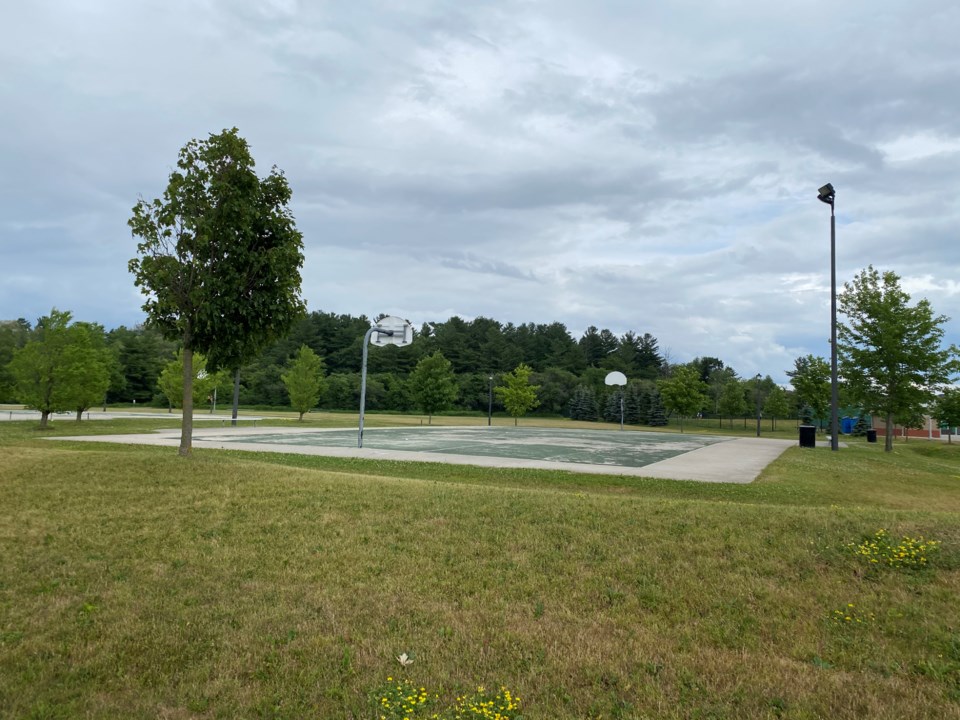Changes initiated by the provincial government have forced the Town of Bradford West Gwillimbury to do some housekeeping with its parkland dedication bylaw.
Council agreed with a staff recommendation at its Sept. 20 meeting to replace a 2002 bylaw that dictated the parameters for parkland dedication or the equivalent cash in lieu from developers in town.
The 2002 bylaw called for land dedication equaling five per cent of the area or one hectare for every 300 dwelling units of the development for park purposes in residential developments and two per cent of the area for commercial or industrial. The equivalent value of those parcels of land could be provided to the municipality as a cash donation in lieu of actually giving up land inside the development in both scenarios.
Three different bills passed by the Province of Ontario since 2019 have forced the town to adjust its calculations.
In 2019, Bill 73 reduced the cash in lieu option from one hectare for every 300 units to one hectare for every 500 units. Bill 197 in 2020 contained amendments to the Planning Act that expired municipal bylaws which contained alternate parkland rates – such as in Bradford West Gwillimbury – effective Sept. 18, 2022. Finally, the 2022 “More Homes For Everyone Act” limited the value of cash in lieu donations to not exceed 10 per cent of the land area of value for parcels up to five hectares, or 15 per cent for parcels greater than five hectares.
Under the proposed bylaw councillors will consider before the end of term, the ratios for actual parkland dedication remain the same.
Mayor Rob Keffer wanted to ensure that with these changes the town would be getting its money’s worth and that council had oversight through the site plan process on the value of the property, similar to the oversight it would have on the developer’s stormwater or sewer costs.
“We know with land development costs, how they’ve skyrocketed in the last two years, are we charging the going rate for cash in lieu,” he said. “Parkland is very important… if there’s not the opportunity to be able for a developer to give us the acreage, we have to make sure that they’re paying full value for the cash in lieu.”
Other councillors were more concerned with how – and where – the money could be spent
Coun. Jonathan Scott borrowed his line of questioning from issues raised by Coun. Peter Dykie earlier in the year, wanting clarity on how the funds were earmarked, using the hypothetical scenario of a residential in-fill development in Dykie’s ward opting for the alternate parkland dedication.
“Can we tie the actual cash in lieu of funding received from that development to the neighbourhood?” Scott asked.
Currently, that’s not how it works in Bradford West Gwillimbury.
“The cash in lieu parkland reserve, under the Planning Act, is for parkland development with not a lot of specificity as to what that is,” said Geoff McKnight, CAO for the municipality. “We’ve applied an interpretation that if it’s an existing park receiving new infrastructure – maybe a tennis court or something that is new to that park – then certainly those funds will qualify as a source to make that happen.”
It doesn’t, as Dykie clarified afterward, require development in a particular ward to provide funding for park development in that same ward.
Coun. Mark Contois wasn’t sure of the interpretation of the policy, as is, was fair to existing residents of the community.
“It is a redevelopment, a revitalization; why couldn’t that money be used for replacement, so it doesn’t hit taxation?" he asked. “Older parks, when we go to do those replacements, the residents pay for all those materials. But with the revitalization and the dedication toward parkland, why can’t we direct for replacement?”
McKnight suggested residents wouldn’t fit the bill entirely for improvements to existing parks, however criteria would need to be met to ensure the cash-in-lieu is being utilized in the same manner as a land dedication.
“When cash in lieu is taken instead of the land, we apply the same principle in that the cash is intended to create park space or create apparatus structures withing an existing park… as opposed to using it for maintenance or replacement which is for existing parks, existing infrastructure,” McKnight said. “Whether it’s land or the cash in lieu of the land, the intent is to really support the growth that generates that dedication.”



